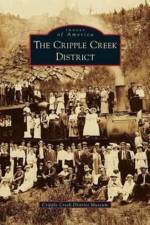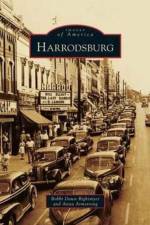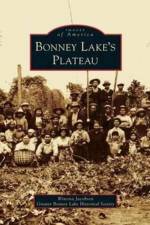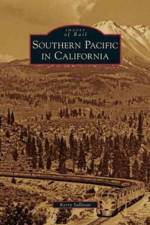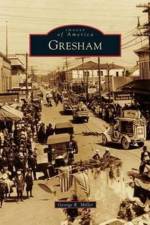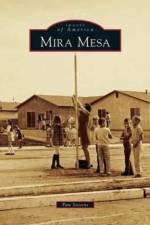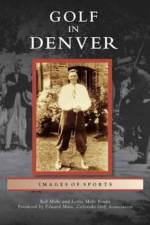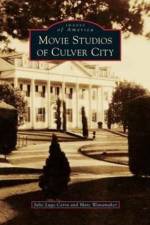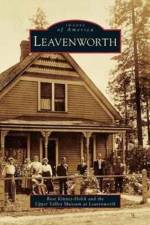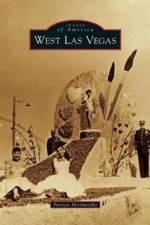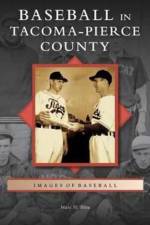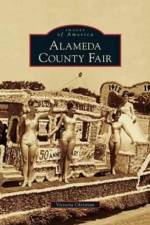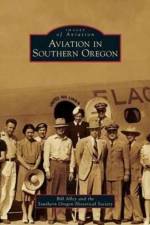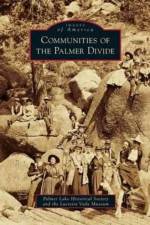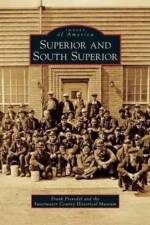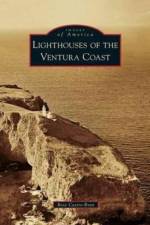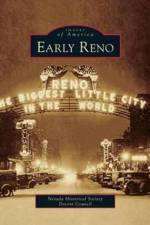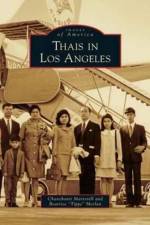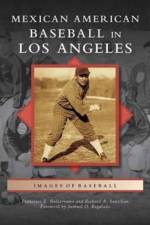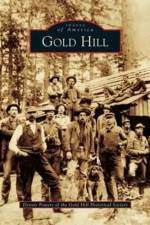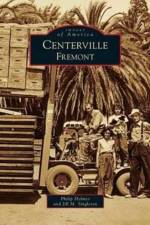av Julie Lugo Cerra & Marc Wanamaker
385,-
After watching pioneer filmmaker Thomas Ince film one of his famous Westerns on Ballona Creek, city founder Harry Culver saw the economic base for his city. Culver announced plans for the city in 1913 and attracted three major movie studios to Culver City, along with smaller production companies. "The Heart of Screenland" is fittingly etched across the Culver City seal. These vintage images are a tour through the storied past of this company town on the legendary movie lots bearing the names of Thomas Ince, Hal Roach, Goldwyn, Metro-Goldwyn-Mayer, Lorimar, MGM-UA, Columbia, Sony Pictures, DeMille, RKO-Pathe, Selznick, Desilu, Culver City Studios, Laird International, the Culver Studios, and such nearly forgotten mini-factories as the Willat Studios. On these premises, Gone With the Wind, The Wizard of Oz, Citizen Kane, E.T: The Extra-Terrestrial, and other classics were filmed, along with tens of thousands of television shows and commercials featuring Elvis Presley, the Beatles, Michael Jackson, and many others.

